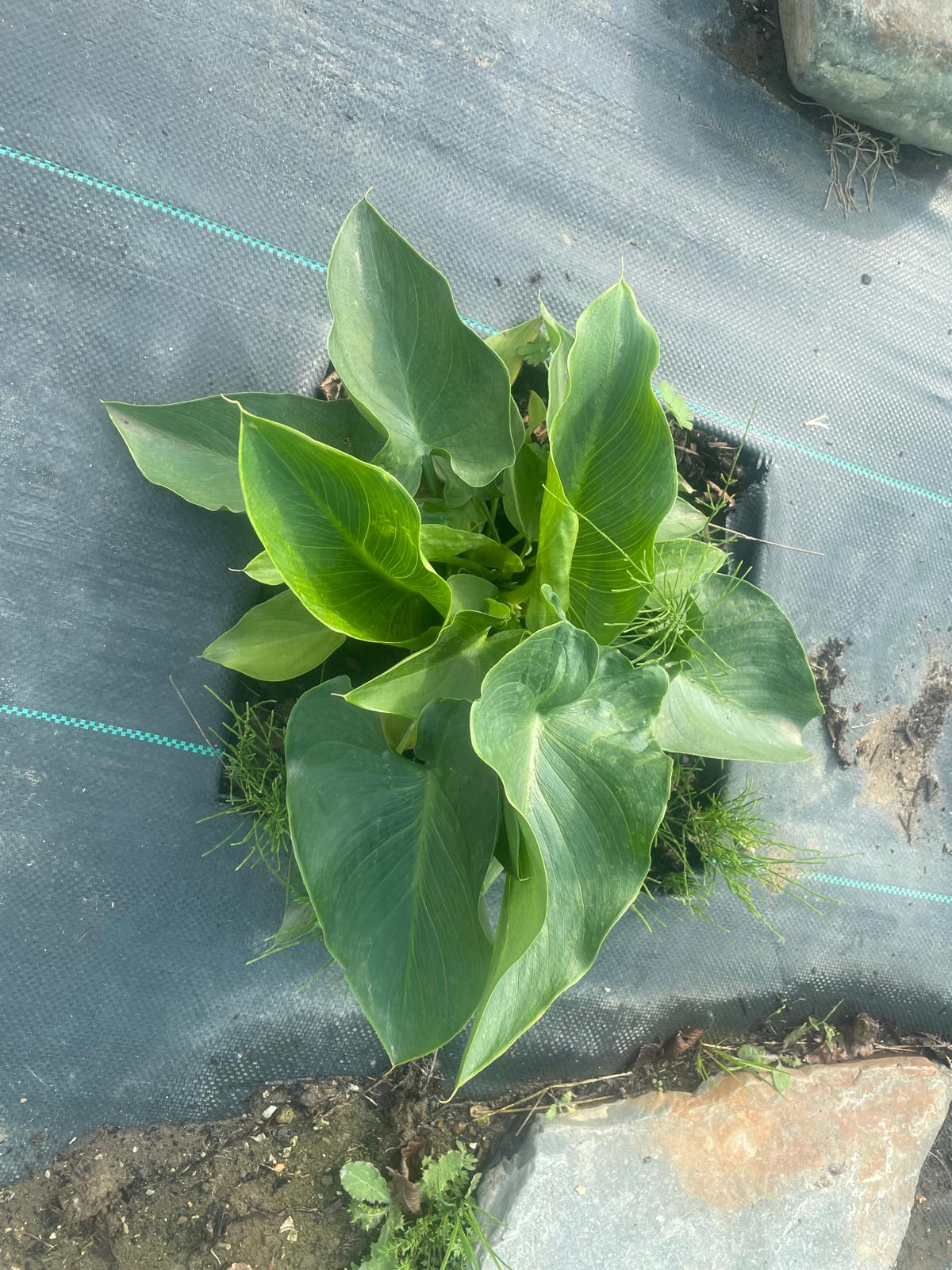Your cart is currently empty!
Explore the Enchanting World of Calla Lily Flowers: An In-Depth Guide

**Introduction**
Calla lilies, also known as arum lilies, are captivating flowers renowned for their elegant trumpets and vibrant colors. Native to South Africa, these graceful blooms have captured the hearts of gardeners and florists worldwide. This comprehensive guide will delve into the fascinating world of calla lilies, covering their history, varieties, symbolism, and cultivation practices.
History and Origins
Calla lilies have a rich history dating back to ancient times. They were first cultivated in ancient Greece and Rome, where they were prized for their beauty and medicinal properties. The name “calla” derives from the Greek word “kallos,” meaning “beautiful.” In Victorian England, these flowers became popular as symbols of purity and innocence.
Varieties and Colors
There are over 20 known species of calla lilies, with countless varieties exhibiting a diverse range of colors and sizes. The most common calla lily is the common arum lily (Zantedeschia aethiopica), known for its pristine white blooms. Other popular varieties include:
- Golden Yellow: ‘Buttercup’ and ‘Sunset’
- Pink and Purple: ‘Pink Persuasion’ and ‘Amethyst’
- Orange: ‘Orange Glow’ and ‘Temptation’
- Red: ‘Red Alert’ and ‘Diablo’
- Multicolored: ‘Picasso’ (with spotted petals) and ‘Painted Lady’ (with variegated petals)
Symbolism and Meaning
Calla lilies hold significant cultural and symbolic meanings across different cultures. They are:
- Purity and Innocence: In Victorian times, white calla lilies symbolized purity and innocence.
- Fertility and Growth: In ancient Greece and Rome, calla lilies were connected to fertility and the goddess Venus.
- Sympathy and Remembrance: In some cultures, yellow calla lilies denote sympathy and remembrance.
- Resurrection: Purple calla lilies symbolize resurrection and faith.
- Beauty and Elegance: Calla lilies in general are admired for their beauty and elegance.
Planting and Care
Calla lilies thrive in warm, moist environments and can be grown either indoors or outdoors. Here are some tips for successful cultivation:
Planting
- Location: Choose a sunny to partially shaded area with well-drained soil.
- Soil: Amend the soil with organic matter to improve drainage and fertility.
- Spacing: Plant bulbs 4-6 inches apart, with their pointed ends facing up.
Watering
- Water regularly: Keep the soil consistently moist, especially during the growing season.
- Mulch: Use organic mulch to retain moisture and suppress weeds.
- Avoid overwatering: Prolonged wet conditions can lead to bulb rot.
Fertilizing
- Fertilize monthly: Use a balanced liquid fertilizer during the growing season.
- Avoid excess fertilizer: Too much fertilizer can burn the bulbs.
Winter Care
- Protect from frost: In cold climates, dig up the bulbs before the first frost and store them in a cool, dry place.
- Replant in spring: Replant the bulbs in the spring after the last frost.
Harvesting and Use
Calla lilies can be harvested when the flowers are fully open and the stems are firm. They can be used in a variety of ways:
Cut Flowers
- Vases: Display calla lilies in vases with other complementary flowers.
- Bouquets: Include calla lilies in bouquets for weddings, anniversaries, and special occasions.
Landscaping
- Border plants: Plant calla lilies along borders and walkways.
- Focal point: Use large varieties as a focal point in garden beds.
- Containers: Grow calla lilies in containers on patios and balconies.
Medicinal Uses
In traditional medicine, calla lilies have been used for:
- Wound healing: The leaves and tuberous roots are believed to have antiseptic and anti-inflammatory properties.
- Respiratory problems: The flower extract may help relieve congestion.
- Note: It’s important to note that calla lilies are toxic if ingested.
Common Pests and Diseases
Calla lilies are relatively pest-resistant, but they can be affected by the following:
Pests
- Aphids: Tiny insects that feed on plant juices.
- Thrips: Small insects that leave silvery streaks on leaves.
Diseases
- Botrytis blight: A fungal disease that causes brown spots on leaves and flowers.
- Bulb rot: A bacterial or fungal disease that affects the bulbs.
- Rhizome rot: A fungal disease that causes the rhizomes to rot.
Tips for Success
- Choose healthy bulbs: Select firm, unblemished bulbs for planting.
- Provide proper drainage: Ensure the soil drains well to prevent bulb rot.
- Fertilize regularly: Use a balanced fertilizer to promote healthy growth.
- Water deeply: Water the soil thoroughly and allow it to dry slightly between waterings.
- Deadhead spent blooms: Remove faded flowers to encourage new growth.
- Protect from extreme temperatures: Bring calla lilies indoors during cold spells and provide shade during extreme heat.
Conclusion
Calla lilies are enchanting flowers that add a touch of elegance and beauty to any garden or home. With their diverse colors, rich symbolism, and relatively easy care, these flowers have earned their place as a popular choice among gardeners and florists alike. By following the tips and guidance provided in this guide, you can successfully grow and enjoy these captivating blooms for years to come.
| Variety | Color |
|---|---|
| Common Arum Lily | White |
| ‘Buttercup’ | Golden Yellow |
| ‘Pink Persuasion’ | Pink |
| ‘Amethyst’ | Purple |
| ‘Red Alert’ | Red |
| ‘Picasso’ | Spotted (Multicolored) |
References:
Royal Horticultural Society: Calla Lily
Gardenia: Calla Lily
The Spruce: How to Grow Calla Lilies
Monterey Bay Aquarium: Interesting Facts About Calla Lilies
Looking for services in Golden? You may also like: Flower Delivery 24.
Our Shop
-
Crowborough — Zantedeschia aethiopica ‘Crowborough’
-
Green Goddess — Zantedeschia ‘Green Goddess’
-
Hercules — Zantedeschia aethiopica ‘Hercules’
-
Highveld — Zantedeschia ‘Highveld’
-
Odorata — Zantedeschia odorata
-
Pink Flamingo — Zantedeschia ‘Pink Flamingo’
-
Pink Mist — Zantedeschia ‘Pink Mist’
-
White Giant — Zantedeschia aethiopica ‘White Giant’










Leave a Reply